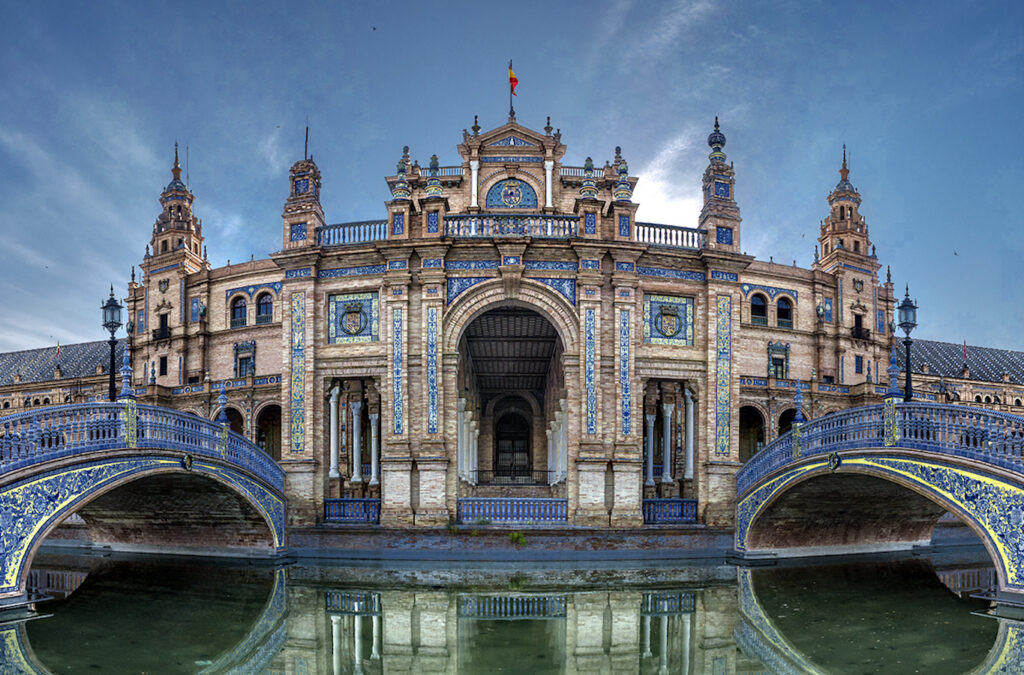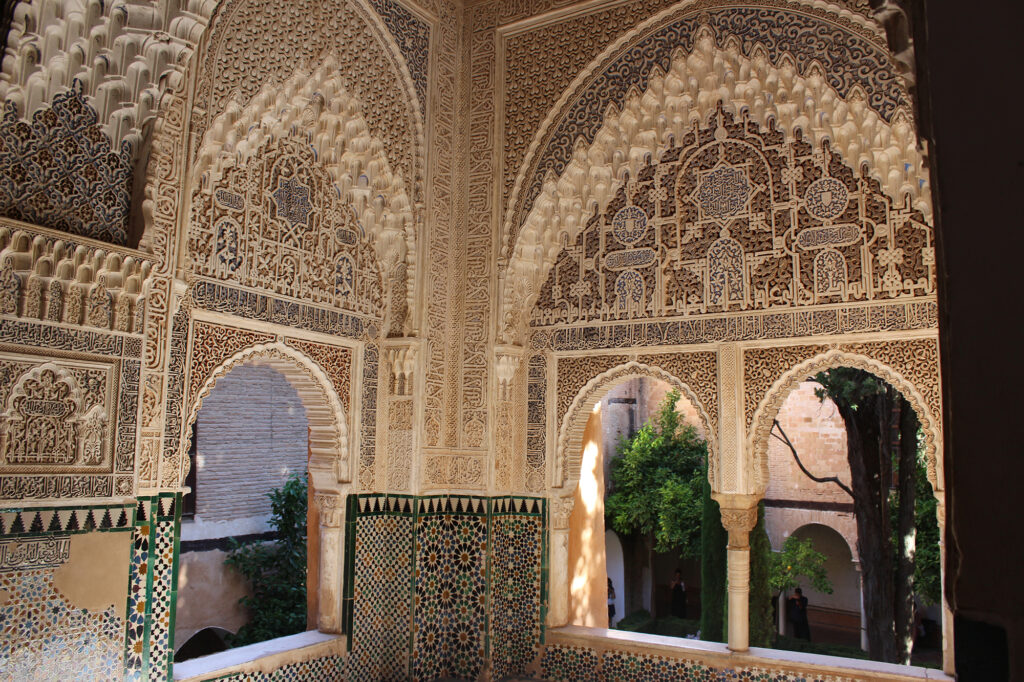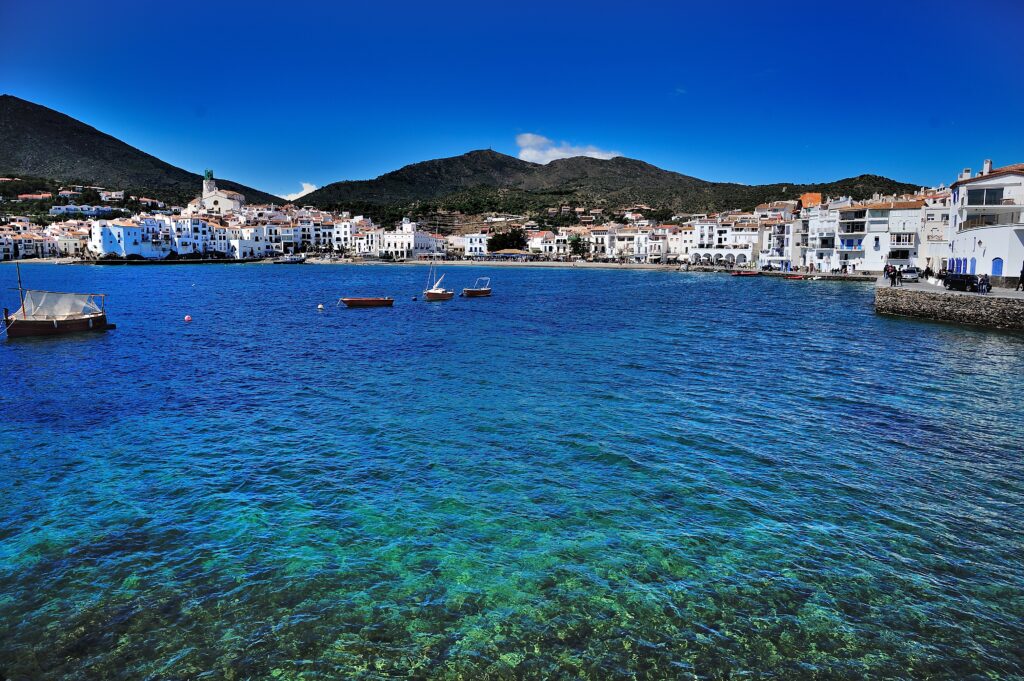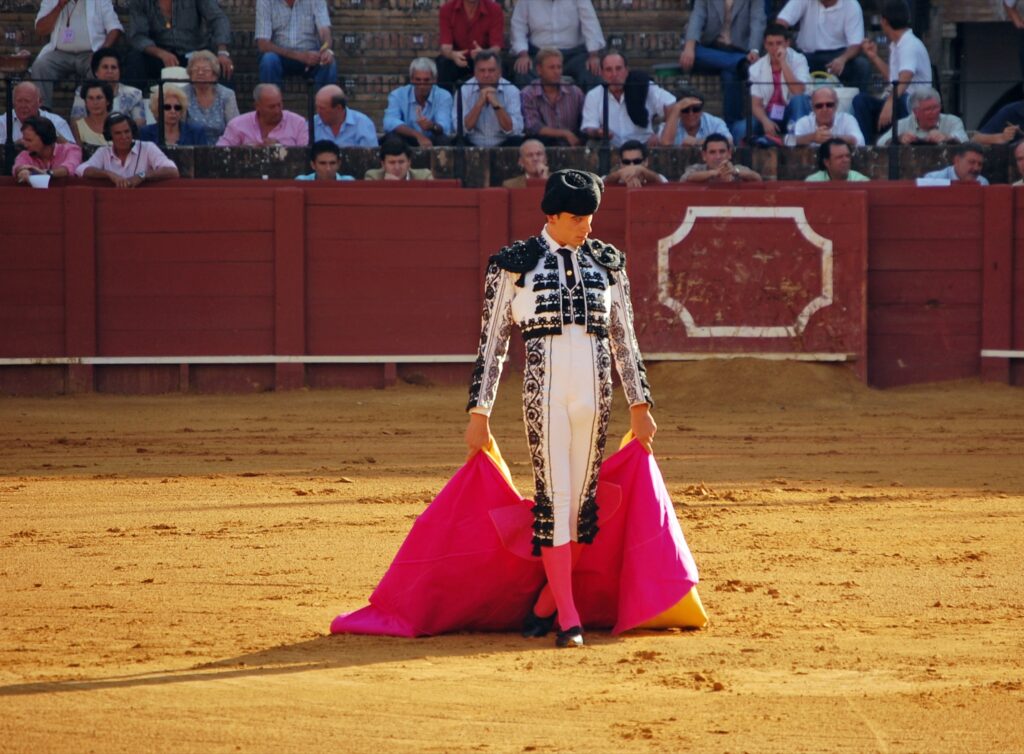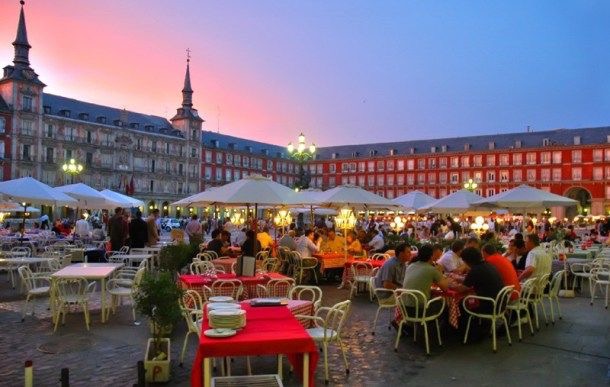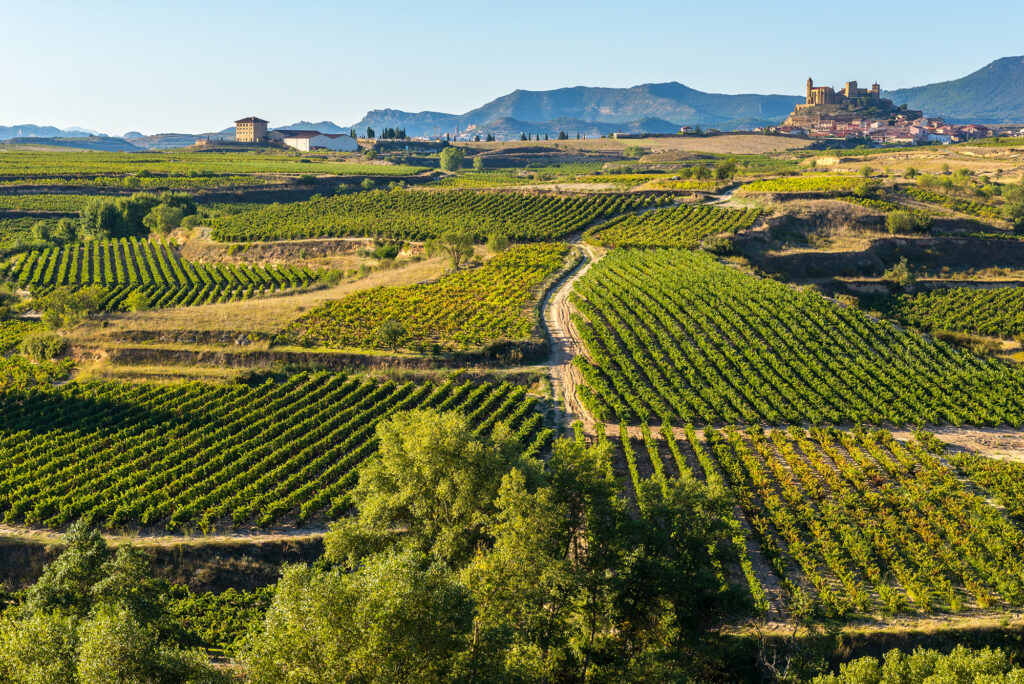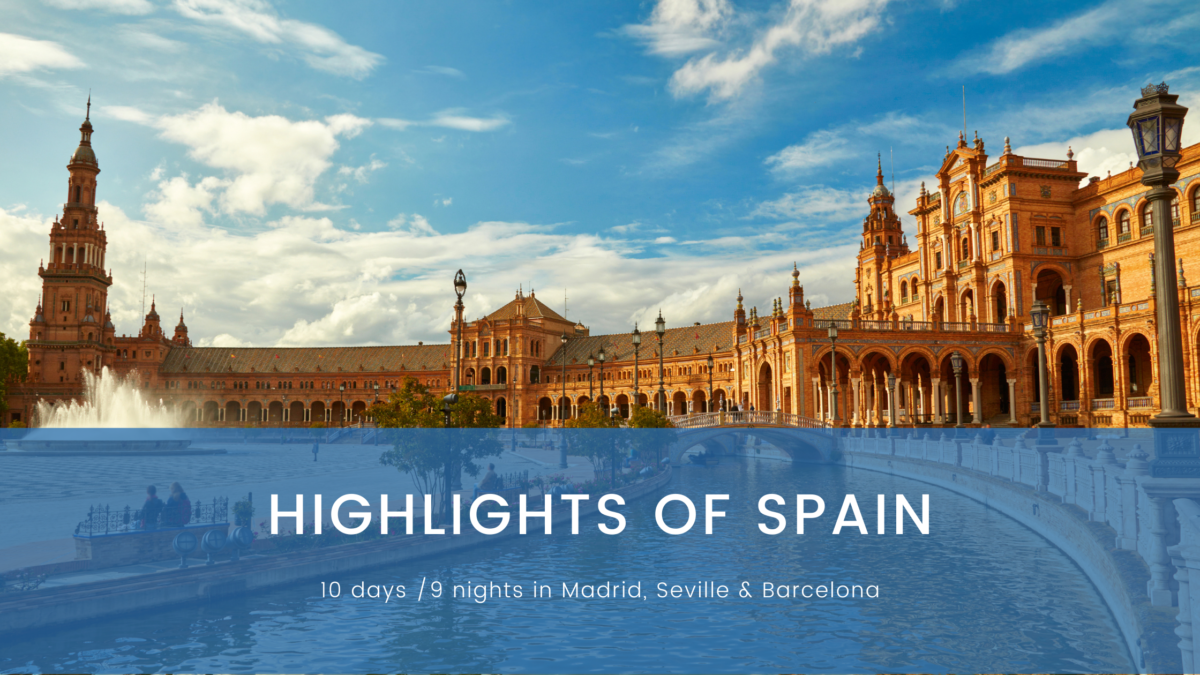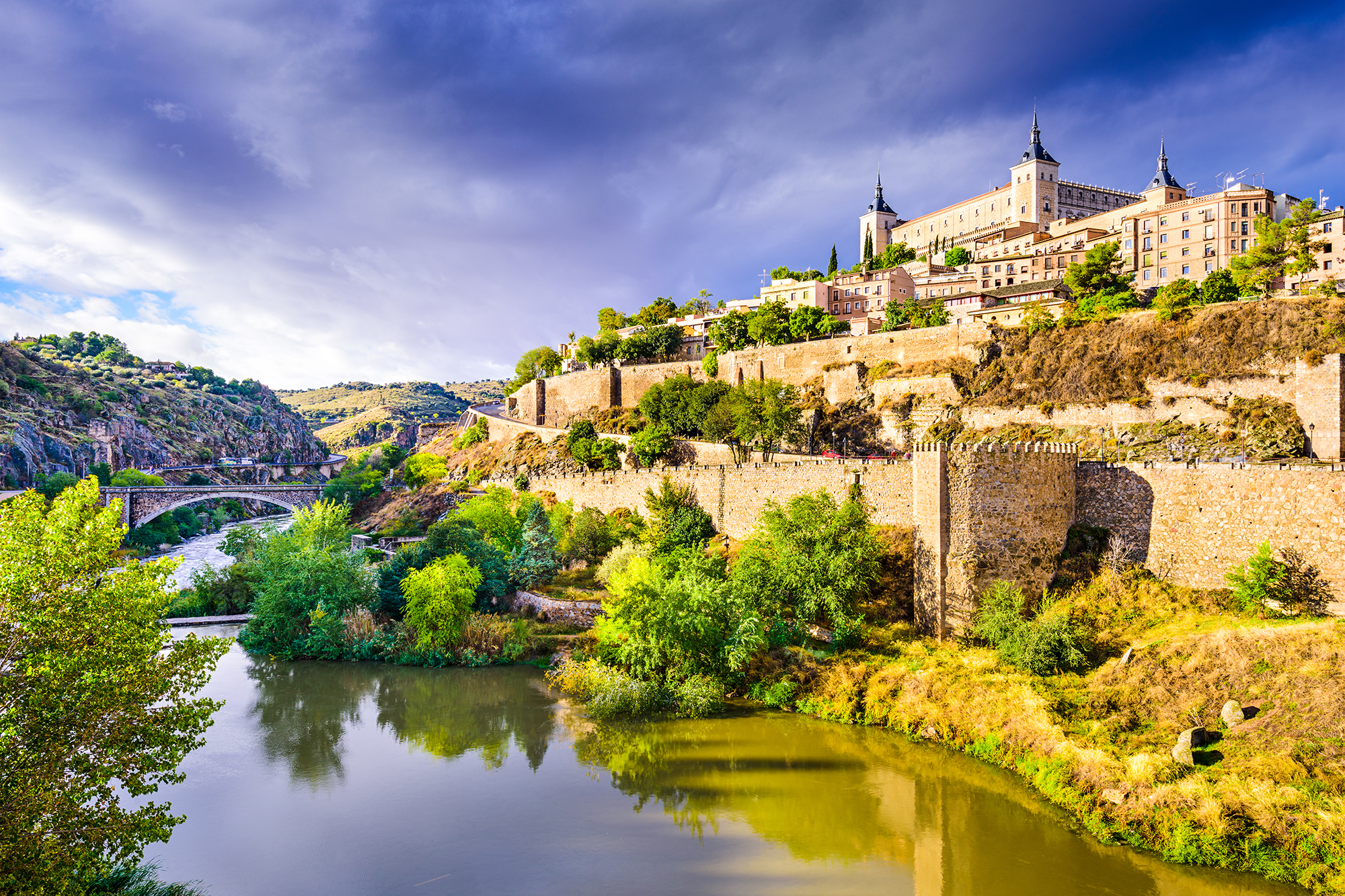
SPAIN
Spain is color. It’s the red of a flamenco dancer whirling through the square of Seville, it’s the works of Gaudi in Park Guell. It’s the bluest of blue sea on the Costa Del Sol, the warm yellow glow of buildings at sunset in a plaza in Madrid. It’s the vivid, lush greens of the Pyrenees mountains in Catalonia, It’s the deep red of a glass of “vino tinto” at a bodega for an array of tapas as the day melts into night, and the night melts into dinner-time, effortlessly, as only the Spanish can do. It’s the colors of the many faces of Spain through history, and it’s modern-day, magical absorption of all of these influences into one culture that reflects as many facets as you find colors in the early morning Spanish sky.
Before You Go | When to Go | Where You’ll Stay | Memories You’ll Make | Sample Itineraries | Contact Us
“Spain is a fascinating mix of people, languages, culture, and food, but if there is one thing all Spaniards share, it’s a love of food and drink.”
Jose Andres
BEFORE YOU GO TO SPAIN
Flights from major US cities to Spain are abundant with direct flights into both Madrid and Barcelona. Iberia is a partner with both American Airlines and British Airways. Spain also has an excellent low-cost air company, Vueling, which allows for easy transfer between the main cities and smaller Spanish destinations plus the islands. Additionally, the train system is for the most part fast and easy. Renting a car or suing a private, English-speaking driver is recommended for Andalusia, Basque Country, the coast from Barcelona to Valencia, the hinterland of Ibiza and Mallorca in order to better enjoy a scenic journey.
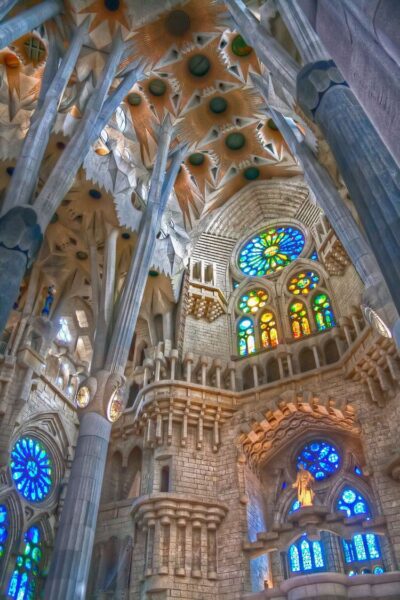
If you just plan to visit a main city (i.e. – Madrid and Barcelona), you could do just a week’s trip. Between the cities themselves and the wonderful nearby day trips, your week will be plenty full, but if you really want to experience the diversity of the country, allow for at least two weeks. A perfect first timers’ voyage should include Madrid, Seville and Barcelona (10 days). Expending out from there, we suggest adding on either an island such as Mallorca, the Andalusian countryside and the white villages or heading NW to the Bilbao and the Basque region. For food lover’s one should not miss San Sebastian and Barcelona. Those interesting in the wine culture be sure to visit the wonderful Rioja Valley, Jerez de la Frontera, Galicia, Penedès and the up-and-coming varietals around Valencia.
You will find a plethora of destinations and excursions fit for everyone in Spain. Art, culture, architecture and history run amuck in just about every corner of the country, but you will also find laid-back country life, fabulous white sand beaches, incredible nightlife for the night owls and spectacular food. Just remember the Spaniards dine late (9PM is considered the “early bird” hour) so make sure you get in a small siesta before heading out for the evening!
No visas are necessary for North Americans for travel less than 90 days.

WHEN TO GO
The major cities of Spain are excellent to visit almost year around, although we suggest avoiding Madrid and Seville in July and August when you could cook an egg on the “calle”. Barcelona is ideal at any time but can be quite crowded from Spring to Fall. April, May, September and October are our favorite times of year. Spring is festival season so you can enjoy Holy Week (Semana Santa), and Seville’s April Fair (which oddly enough sometimes takes place in May!), Feria de Caballo (horse fair) in the southern town of Jerez de Frontera, Córdoba’s colorful courtyard competition, and the height of Madrid’s bullfighting and zarzuela-performance season. Summer brings on the heat and hedonism of the seaside and island life, but remember the islands, besides Mallorca, are quite seasonal. We love Ibiza and Menorca in September because the crowds are gone, the weather is perfectly warm and the sea is divine to dip in. Fall brings on the harvest and foodie season.
WHERE YOU’LL STAY
Hotels in Spain tend to be slightly less expensive than those of France and Italy, offering an excellent value all around. The state-run Paradors are a wonderful mix of history and modern comfort. In the cities, you will find world-class and often quirky-cool boutique hotels. Along the seaside, you will find large resorts catering to families. In the rural areas, you will also find the equivalent to B&Bps called “casas rurales”.
MEMORIES YOU’LL MAKE
- The Genius Architecture of Antoní Gaudí – Antoní Gaudí’s architecture is famous, daring and unique, but not everyone likes it. Of course, landmarks like La Sagrada Família and Parc Güell are still must-sees for many. Other Barcelona must-sees: Gaudí’s Casa Milà, Casa Calvet, and Colegio Teresiano de Barcelona. With one of our designated Gaudì specialists, you will find a deep appreciation for his work whether it be your taste or not.
- Tapas crawl – Tapas are bite-sized samples of Spanish cuisine washed down with a local glass of cava or vino. Spaniards have made an art out of this pre-dinner ritual with mouthwatering morsels ranging from the simplest toast to gourmet works of art. Our local food guides can introduce you to the history, folklore and traditional practices of tapas on a private tour in the early evening (our favorite destinations for this being San Sebastian – where they are actually called pintxos, Madrid and Barcelona).
- Tour the Alhambra – The Alhambra of Granada is a beautiful complex of Moorish buildings and gardens. It was the largest political and aristocratic centre of the Moslem West. The Palace premises comprise beautiful rectangular courtyards and numerous fountains, as well as the Nasrid buildings that served as living quarters for the monarchs and their servants. It is a very popular site that can be crowded by day so we suggest touring it with our licensed guide “after hours” with only a select few other visitors and a chance to enjoy the spectacular sunset over Granada.
- “Olè” with Flamenco – Flamenco is a traditional form of folk music and song accompanied by a raw and passionate form of “tap dancing” found mainly in Madrid and Seville. Things event is often varied with a sumptuous dinner and we know just the best places for experiencing this!
- The Art Triangle of Madrid – The world has been blessed with many Spanish artists such as Picasso, Dali, Gaudi, Goya and El Greco. Madrid possesses three fabulous museums which celebrate the splendour of these artists and more: Centro de Arte Reina Sofia, Museo del Prado and The Museo Thyssen-Bornemisza. Not visit to Madrid would be completely without perusing at least one of these museums with our wonderful art history guides.
- Stroll Through Europe’s Best Preserved Gothic Quarter – A treasure trove of Gothic architecture, the Barri Gòtic is Barcelona’s most ancient quarter, a maze of cobblestone streets and stone arcades that empty into medieval plaças. Enjoy our visit with one of our expert guides who can provide you with an excellent context for understanding the neighborhood and the city at large.
- Barcelona’s Human Towers – Catalonia is known for its sea-side markets (la boqueria), gothic architecture and cava. But perhaps the most dramatic display of Catalonian culture comes from the people themselves, who literally and figuratively band together to build human-towers (castells). We can arrange a visit to a local group while they practice their art, and then enjoy dinner and drinks with them and learn about the unique, mad tradition.
- Jamon Ibérico Experience – Arguably considered “the best ham in the world” and certainly one of the most expensive going for about $200/lb., in the states, and it is certainly one of Spain’s greatest culinary achievements. Black-label specimens (the most prestigious designation) come from endemic Iberian pigs that graze wild acorn. The most famous (and best!) come from Extremadura, where we can arrange a farm visit and walk in the hillsides with a chef to learn about the artisanal process and of course, taste to your tummy’s delight.
- Basque Country – the NW corner of Spain is jam-packed with sites, activities and goof for the most discerning traveler. San Sebastian is famous for its beautiful bay as well as culinary delights. Bilbao is home to the amazing Frank Gehry’s designed Guggenheim Museum. Spain’s top wine region, the Rioja, is there for the taking. Plus there are so many natural and man-made wonders to enjoy such as San Juan de Gaztelugatxe, Txindoki Mountain, the seaside town of Lekeitio and the beautiful national parks of Urkiola and Gorbea. We suggest a minimum 3 days in the region.
- Meandering the White Towns of Andalucía – Poised like dabs of white frosting atop the steep crags of southern Andalucía, the White Towns are not just beautiful, they speak of this region’s long and fascinating history. The most spectacular villages would be Arcos de la Frontera with its whose plaza and Gothic church literally hanging on a 137-meter cliff with majestic views across a valley of olive, orange, and almond orchards; and Ronda, best-known for its spectacular setting atop a deep gorge spanned by a stone bridge, and is the home of modern bullfighting. But there are 19 total villages to explore across beautiful countryside. We recommend Jerez de la Frontera as a base for exploring the area which also happens to be known as home of flamenco and Andalucian thoroughbreds.
SPAIN ITINERARIES FOR INSPIRATION
We invite you to peruse our sample itineraries for your next trip to Spain, which can be fine-tuned to your travel wishes…


